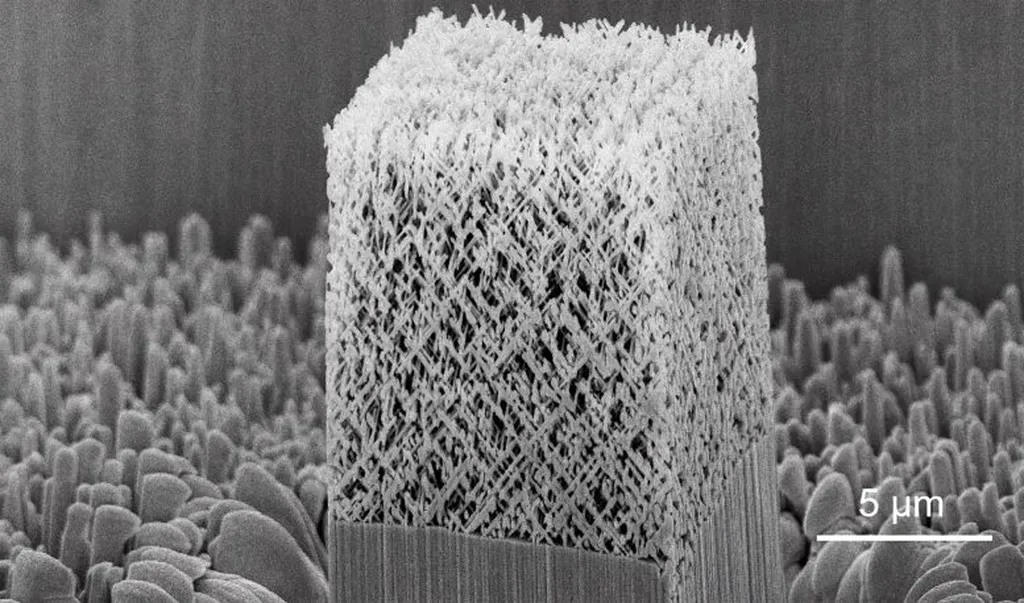In the ever-evolving landscape of smart materials, a groundbreaking study led by Yongyang Ji from the School of Science at Lanzhou University of Technology in China is set to redefine the capabilities of magnetorheological elastomers (MREs). Published in *Materials Research Express* (which translates to *Materials Research Express* in English), this research delves into the intricate world of magneto-induced deformation and wave absorption characteristics of bimaterial layered structures, offering promising implications for the energy sector.
MREs, composed of magnetosensitive particles embedded in a flexible matrix, have long been recognized for their potential in applications requiring tunable mechanical and electromagnetic properties. However, the precise control of their behavior has remained a challenge. Ji and his team addressed this by fabricating layered MRE samples with alternating soft and hard magnetic particle layers using 3D printing. Their comprehensive investigation revealed that the deformation capacity of MREs is significantly influenced by the arrangement of these layers.
“Our findings indicate that the deformation capacity is governed by a complex interplay among the material’s Young’s modulus, the magnitude and direction of the applied magnetic field, and the orientation of remanent magnetization,” Ji explained. This interplay is not straightforward; for instance, the compression modulus does not always increase with field strength. When the remanent magnetization opposes the magnetic field, the modulus decreases as the field intensifies, a counterintuitive yet crucial insight for practical applications.
The study also explored the electromagnetic wave absorption properties of MREs. It was found that these properties improve with higher percentages of soft magnetic materials. Specifically, the SHS-type materials demonstrated enhanced absorption bandwidth and peak absorption values. This discovery could pave the way for more efficient electromagnetic wave absorption technologies, a critical need in the energy sector where minimizing electromagnetic interference is paramount.
The implications of this research are far-reaching. In the energy sector, the ability to tune the mechanical and electromagnetic properties of MREs could lead to the development of more efficient and adaptable energy storage and conversion systems. For example, these materials could be used in advanced vibration dampers for wind turbines, enhancing their performance and longevity. Additionally, the improved wave absorption properties could be leveraged in electromagnetic shielding applications, protecting sensitive equipment from interference.
Ji’s work not only advances our understanding of MREs but also opens up new avenues for their application. As the energy sector continues to evolve, the need for smart materials that can adapt to varying conditions becomes increasingly important. This research provides a solid foundation for future developments in this field, offering a glimpse into a future where materials can be precisely engineered to meet the demands of modern energy systems.
In the words of Ji, “This research offers critical insights for optimizing the design and performance of MREs in applications requiring tunable mechanical and electromagnetic properties.” As we stand on the brink of a new era in materials science, the work of Yongyang Ji and his team serves as a beacon, guiding us towards a future where smart materials play a pivotal role in shaping the energy landscape.

